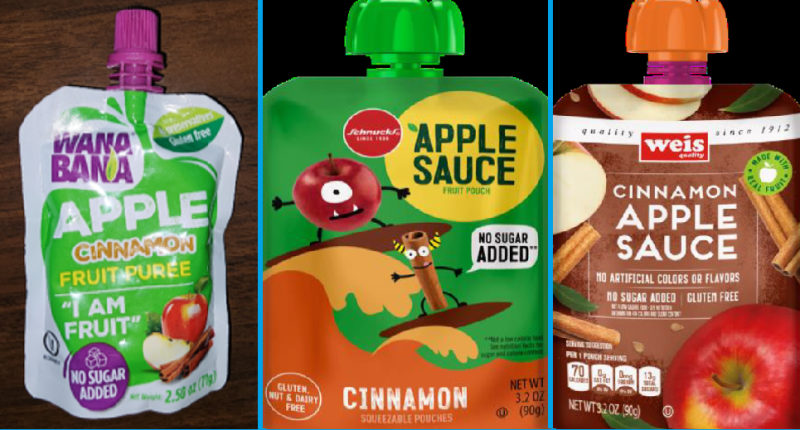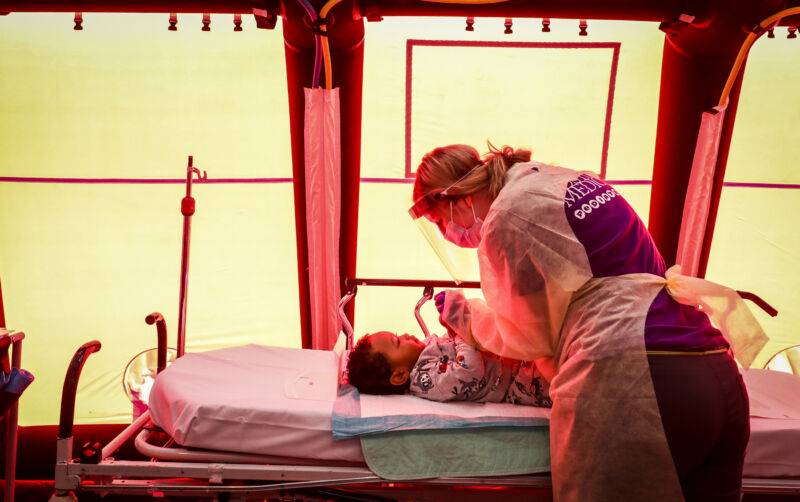-
 chevron_right
chevron_right
Lead-tainted fruit pouches poison 22 toddlers; blood lead levels 8X threshold
news.movim.eu / ArsTechnica · Tuesday, 14 November - 15:51

Enlarge / The three pouches so far linked to lead contamination. (credit: FDA )
At least 22 toddlers across at least 14 states have suffered acute lead poisoning linked to recalled apple cinnamon fruit puree pouch products found to contain " extremely high levels of lead ."
The products contained such high lead levels that some of the poisoned toddlers showed blood lead levels as high as 29 micrograms per deciliter (µg/dL), roughly eight-fold above the federal reference level of 3.5 µg/dL to identify children at high exposure.
Given that at least one of the recalled products (WanaBana) was sold nationally and through multiple retailers, including Amazon and Dollar Tree, it's likely that there are more cases in more states.


